It was well known that a triode voltage amplifier is easy to build even for beginners. Please see the picture. This is a 6SN7 tube voltage amplifier:
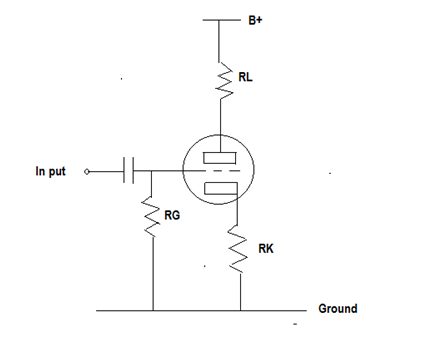
The only thing we have to determine is RL, RK, RG and B+ supply voltage. DIYers could easily suggest that RL= 30 Kohm, RK=1.2 Kohm, RG= 470Kohm and a B+ of about 350V, it works. In the other hand, RL= 22Kohm, RK= 1Kohm, RG= 1Mohm and B+ supply= 300V, experience tells us that it works fine too. The wide range of resistor value variation is easily accepted and this will encourage newcomers to design and build their fantastic machines.
Let’s go inside to see what happened inside a triode: This a typical triode theory diagram, plate current Ip changes as plate voltage Vp varies for a fixed grid voltage –VG.
Please see picture:
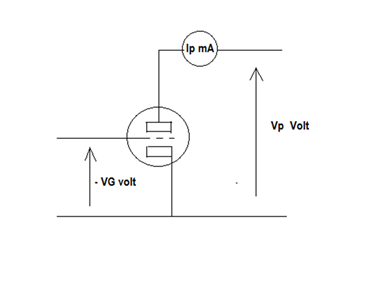
Each curve shows the Ip and Vp plotting for a specified grid bias (-VG).
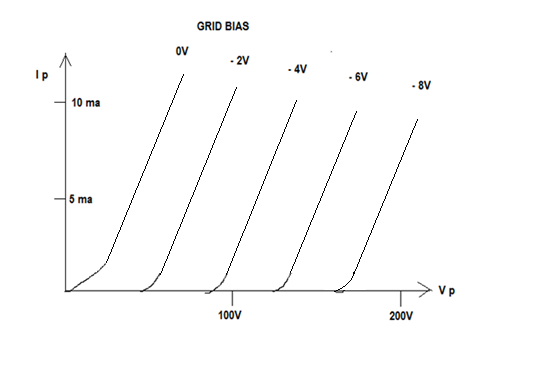
Think about an RL= 40K and a B+ supply of 200V see picture:
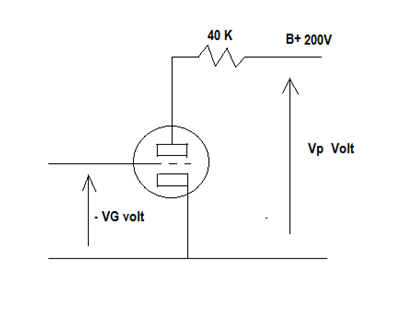
If the –VG is large enough to cut off the tube conduction, the plate current= 0. The voltage drop of 40K RL will be zero so that voltage applied at plate and cathode (VP)=200V. This is point one (200V, 0 mA).
If the –VG is small enough to make the tube totally conducted, plate current Ip will be equal to 200V/ 40K = 5 mA
as if the plate and cathode short-circuited. The voltage drop at RL is 200V while the voltage at plate and cathode(VP)=0V. This is point two ( 0V, 5mA).
We can connect these two points in Vp, Ip curve diagram please see picture:
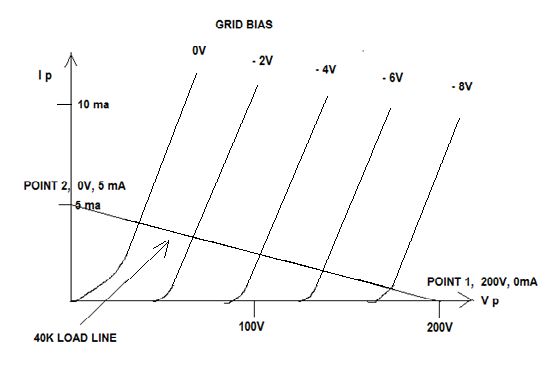
The straight line connected point 1 and point 2 is known as LOAD LINE. Under 200V B+ supply and RL=40K, this tube can only work along within this 40K load line. This is because –VG caused no grid current(0mA), the current flow through 40K RL is equal to current flow through the plate to the cathode as they are connected in series. Also, the tube and the 40K resistor share part of the B+ supply. The range between 0V to -8V grid bias on the load line is called linear region.
Please see picture:
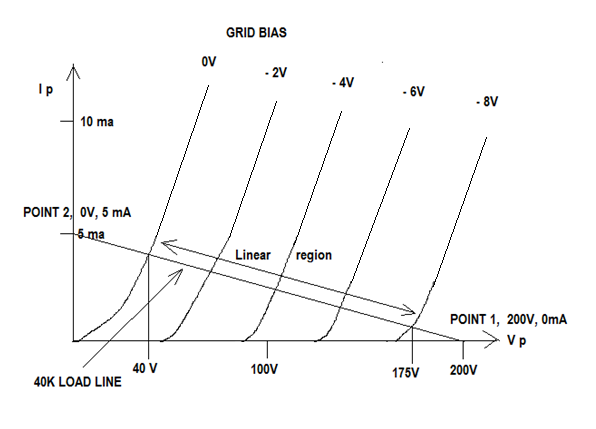
The variation of 0 to -8V grid bias caused 175-40= 135V variation on RL so that 135/8=16.8 times as the input signal. This 16.8 times is the gain of this voltage amplifier. Working out of the linear region will cause serious distortion and this is prohibited in amplifier design.
Think about operation point at VG=0V, input signal will swing both sides among 0V point at load line, obviously this will be out of the linear region and caused distortion. At -2V point, the input signal can swing between 0V to -4V so that the output is about 100-40=60V, gain=15. Further swing amplitude will go outside 0V point so that the maximum non-distorted output is 60V.
At -4V point the input signal can swing between 0V to -8V so that the output is about 175-40=135V, gain=16.8 Further swing amplitude will go outside 0V and -8V point so that the maximum output is 135V.
At -6V point the input signal can swing between -4V to -8V so that the output is about 175-100=75V, gain=18.7 Further swing amplitude will go outside -8V point so that the maximum output is 75V.
The -8V point is similar to 0V point with distortion and is not recommended. The best point is -4V, in this case, giving a maximum output swing of 135V. But the most case in preamp we only need a few volt say 5V output, so that -2V, -4V, -6V point still work fine, this bias comes from a cathode resistor voltage drop. This is the reason why it is easy to select a wide range value of RK. Now we consider changing the RL to 20Kohm and show a 20K load line please picture:
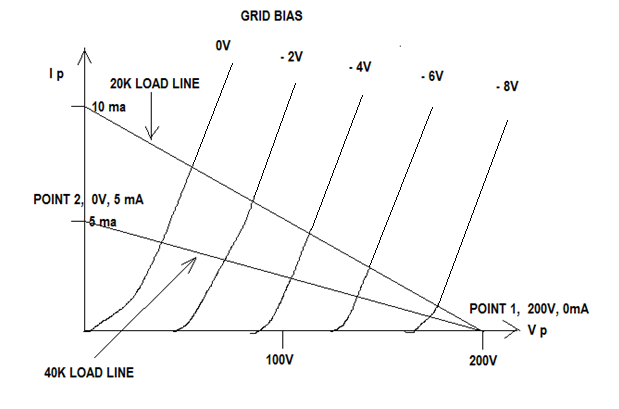
Apart from maximum plate current increased to 10 mA, other things are similar as well as the linear region. That means 20K RL is ok. Besides, 25K, 30K and 35K RL are no problems as well. Now we understood the magic of wide range RL, RK value selection could work fine in most cases. But if you want a non-distorted maximum output voltage, (For example a 300B needs a 140V voltage swing signal to give full output power) a careful calculation is needed to locate the best operating point. In general we have to maintain the static voltage drop from plate to cathode at the half point of B+ supply please see picture:
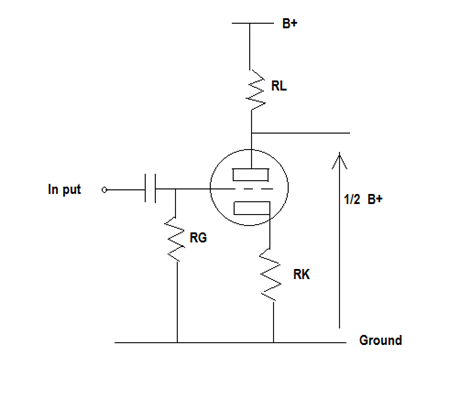
City line supply voltage changes from time to time as well as the B+, constant DC supply regulator is not recommended as the sound quality reason, to maintain the static Vp at half B+ is important for maximum non-distorted output. We should carefully calculate RL and RK value so that for a 300V B+ Vp=300/2=150V and for a 400V B+ Vp=400/2=200V and so on. A half way voltage is always maintained irrespective with B+ supply changes.
In technical terms, this is known as good power supply voltage regulation rejection.